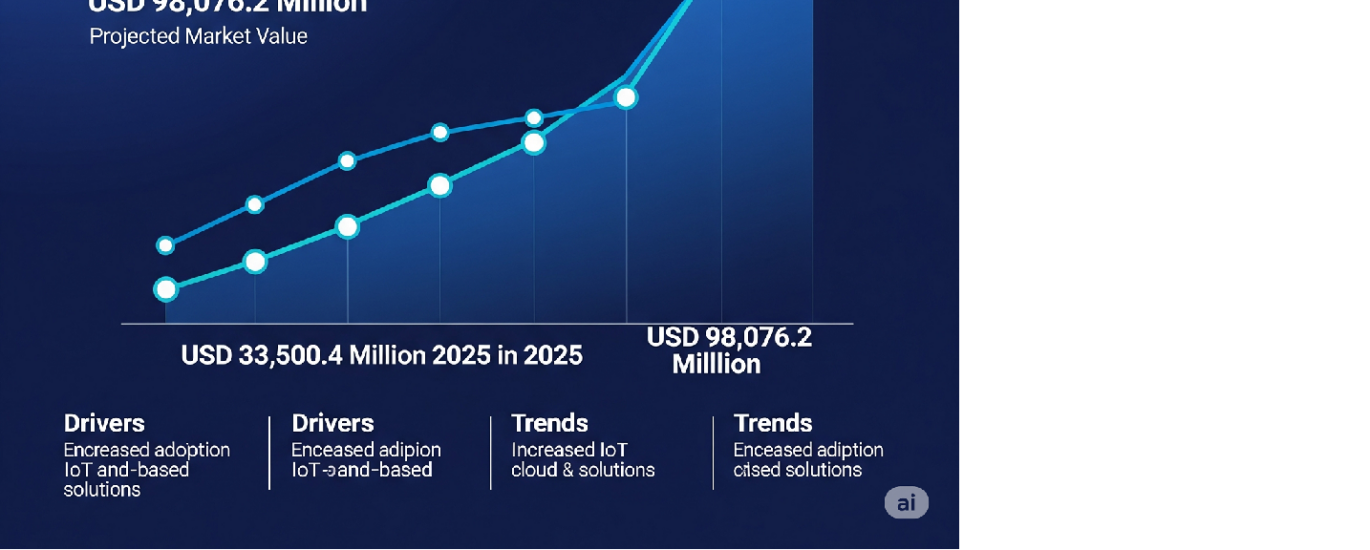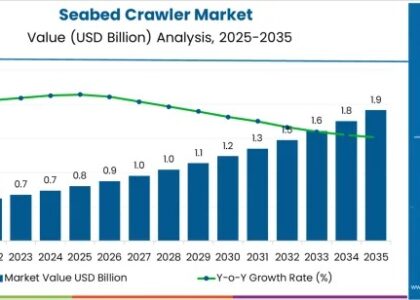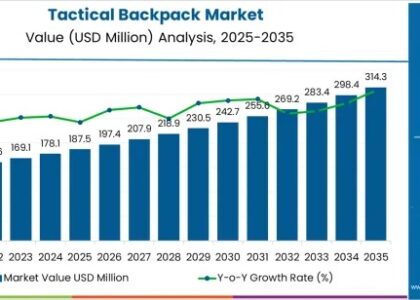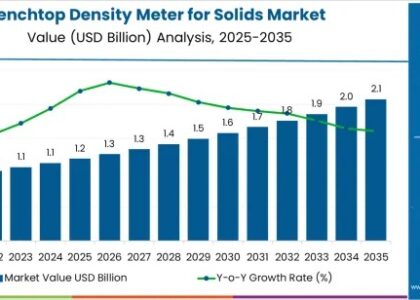The global Hardware Asset Management (HAM) Market is on a rapid growth trajectory, expected to expand from USD 33,500.4 million in 2025 to USD 98,076.2 million by 2035, registering a robust CAGR of 11.9% over the forecast period. This surge is fueled by the increasing need for efficient asset tracking, cost optimization, and regulatory compliance across enterprises in an increasingly digitized world. As organizations adopt cloud services, hybrid infrastructures, and mobile workforces, managing hardware assets throughout their lifecycle has become mission-critical.
HAM solutions help organizations track, monitor, and manage physical IT assets—from acquisition to disposal—ensuring greater control over inventory, enhanced data security, and optimized equipment utilization. With remote work and BYOD (Bring Your Own Device) trends reshaping IT strategies, the role of hardware asset management in minimizing downtime and ensuring compliance with standards like ITIL and ISO 19770 is becoming more important than ever.
Get Ahead with Our Report: Request Your Sample Now!
https://www.futuremarketinsights.com/reports/sample/rep-gb-12997
Key Market Trends
-
Automation and AI Integration: Use of AI for real-time asset tracking and predictive maintenance.
-
Cloud-based HAM Solutions: Rapid shift from on-premises to SaaS-based platforms.
-
Mobile Asset Management: Growing demand for mobile-enabled tools to manage remote endpoints.
-
Cybersecurity Focus: Emphasis on securing endpoints and preventing data leaks through asset visibility.
Driving Forces Behind Market Growth
-
Digital Transformation: Rising enterprise adoption of IT infrastructure modernization.
-
IT Cost Optimization: Demand for effective lifecycle management to reduce hardware costs.
-
Regulatory Compliance: Adherence to asset auditing and compliance mandates.
-
Growth in IT Asset Volume: Increase in endpoints due to hybrid work environments.
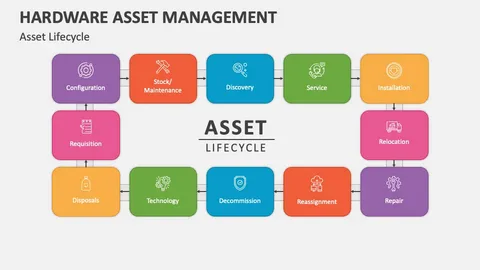
Challenges and Opportunities
-
Challenges
-
Data integration issues across legacy systems.
-
High implementation costs for SMEs.
-
Difficulty in managing dispersed and aging assets.
-
-
Opportunities
-
AI-driven analytics for asset lifecycle optimization.
-
Expansion of HAM solutions into education, healthcare, and government.
-
Demand for unified IT asset management across hybrid environments.
-
Recent Industry Developments
-
ServiceNow enhanced its HAM capabilities with AI-powered insights and automation tools.
-
Ivanti launched a unified IT asset management platform for hybrid and remote workforces.
-
BMC Software integrated its HAM tools with cloud-native platforms to improve scalability.
-
Flexera introduced advanced HAM analytics to support better procurement and disposal decisions.
-
ManageEngine expanded its AssetExplorer tool with automated contract and license tracking.
Exhaustive Market Report: A Complete Study
https://www.futuremarketinsights.com/reports/hardware-asset-management-market
Regional Analysis
-
North America
-
Largest market share driven by high IT spending and early tech adoption.
-
U.S. leads with advanced cloud and SaaS implementations.
-
-
Europe
-
Rapid adoption of HAM tools due to GDPR compliance and digital governance.
-
Strong presence in Germany, the U.K., and the Nordics.
-
-
Asia-Pacific
-
Fastest-growing region with booming IT and telecom sectors.
-
India, China, and Japan are leading in cloud and infrastructure investments.
-
-
Latin America & MEA
-
Emerging adoption in government and education sectors.
-
Infrastructure development driving demand for IT asset control tools.
-


